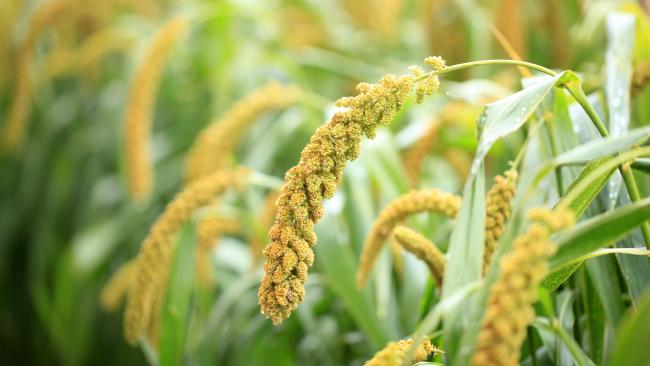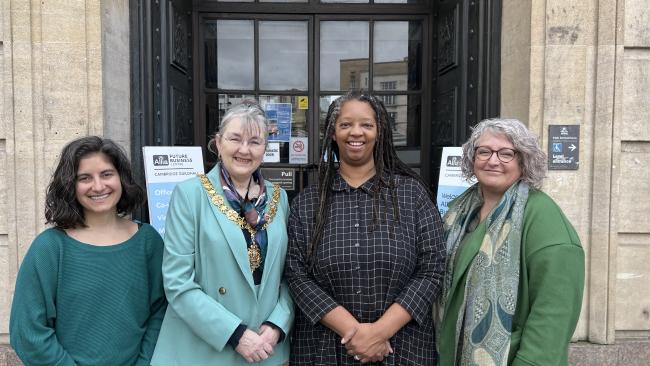
Lord Millet in Alibaba's cave: the resurrection of an iconic Chinese food
The China Centre lecture on Wednesday 9 March 2022 was given by Professor Francesca Bray, Professor Emerita of Social Anthropology at the University of Edinburgh, and former President of the Society for the History of Technology (SHOT).
Professor Bray’s lecture examined the changing role of millet within China’s agricultural and dietary structure. Millet was the most important food grain in Ancient China. Over the long-term it was gradually displaced by ‘superior’, higher-yielding grains. By the Song Dynasty (960-1279 AD) rice and wheat had become the dominant food grains. Although millet retained symbolic importance as the grain that was used in the Emperor’s sacrifices, it came to be regarded as ‘famine food’, grown mainly by poor farmers in northern China.
In recent years, millet has experienced a remarkable revival. It has become associated with sustainable agriculture, that uses ‘traditional’ farming technologies, with ploughs pulled by donkeys, soil fertilised by donkey manure in a ‘circular’ economy, and traditional sickles used to harvest the crop. The farming techniques are based on ancient Chinese agricultural treatises. In addition, millet is considered to have special dietary and health advantages compared with ‘superior’ grains. Millet has become a ‘lifestyle’ food choice for China’s middle-class consumers and its price has increased greatly compared with other food grains.
Professor Bray examined the way in which millet-growing has helped to increase incomes in impoverished areas, including ‘eco-tourism’ to millet-growing villages.
The issues raised in the Q&A session included: the scientific validity of claims that millet has health benefits compared to other grains; a comparison of the role of millet in Chinese and Indian agriculture; the potentialities of ‘organic’ farming technologies to solve China’s food needs; the role of commercialisation and marketing in generating consumer demand for millet and millet-derived products; the role of eco-tourism in poverty-alleviation; the advantages and disadvantages of traditional millet varieties compared with genetically modified grains; and the water requirements for growing millet compared with other grain crops.
Francesca Bray, Emerita Professor of Social Anthropology at the University of Edinburgh, is a historian of science, technology and medicine in East Asia, specialising in gender and technology, the politics of historiography, and the history of agriculture and food. Her first publications included the volume on Agriculture (1984, vol. V1.2 in Joseph Needham's series Science and Civilisation in China) and The Rice Economies: Technology and Development in Asian Societies (1986). Recent books include Technology, Gender and History in Imperial China (Routledge 2013), Rice: Global Networks and New Histories (CUP 2015), and a co-authored book, Moving Crops and the Scales of History (in press).





